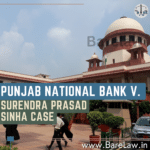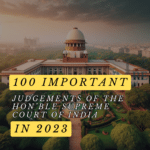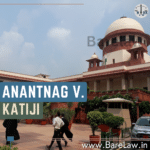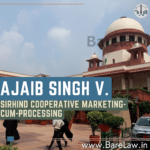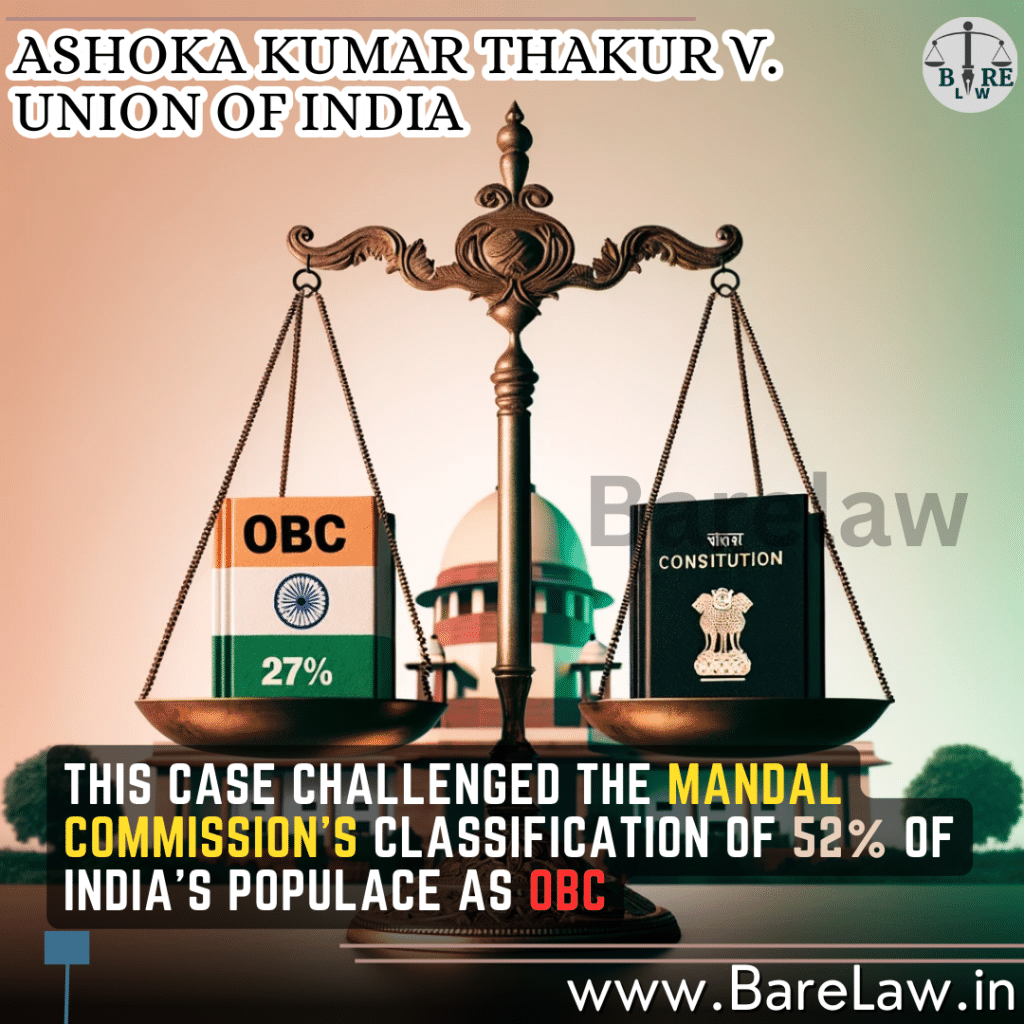
Introduction: Ashoka Kumar Thakur v. Union of India
The case of Ashoka Kumar Thakur V Union of India is a watershed judgement that had delved into the intricacies of social justice and reservations for Other Backward Classes (OBC) in India. This was as a result of challenging the classification by the Mandal Commission that put 52% of Indians in OBC category, which was contested by National Sample Survey Organization which placed it at 42%.
Background:
In April 2006, Indian government proposed constitutional amendment to reserve 27% seats in higher education institutions for OBC students, as an act of redressing historical social disparities. This resulted to a lot of furor owing to the fact that it reduced unreserved categories’ seats around 50%. In response, Ashoka Kumar Thakur filed Public Interest Litigation (PIL) questioning these amendments’ constitutional validity.
Supreme Courts Interim Measure:
Though not staying the amendment, Supreme Court decided to postpone OBC reservation quota’s implementation for academic year 2007-08 especially professional and medical institutions. This created room for further reflection on implications of this policy.
Judgment:
On April 10th, 2008, the verdict endorsed the 27% OBC reservation in state-funded institutions while introducing “Creamy Layer” concept so as to exclude better off persons within OBC from reservation benefits. The intention here was to target only those who are marginalized within this category – among other things.
Key Takeaways:
It stressed on the need for more accurate identification of OBCs and recommended establishment of better commission that deals with caste inclusion/exclusion under OBC. It also touched on such diverse issues like necessity of review mechanism; criteria for excluding “Creamy Layer” and importance free and compulsory education for all children.
Conclusion:
The Ashoka Kumar Thakur v. Union of India case has left an indelible mark on the discourse surrounding reservations in India. By affirming the 27% OBC reservation and introducing the “Creamy Layer” concept, it aimed to balance social justice with meritocracy, a debate that continues to shape India’s socio-political landscape.
